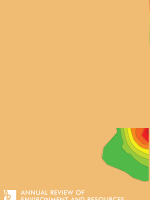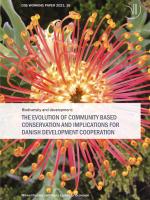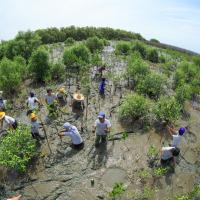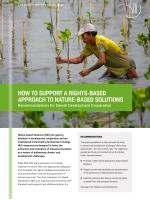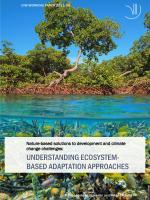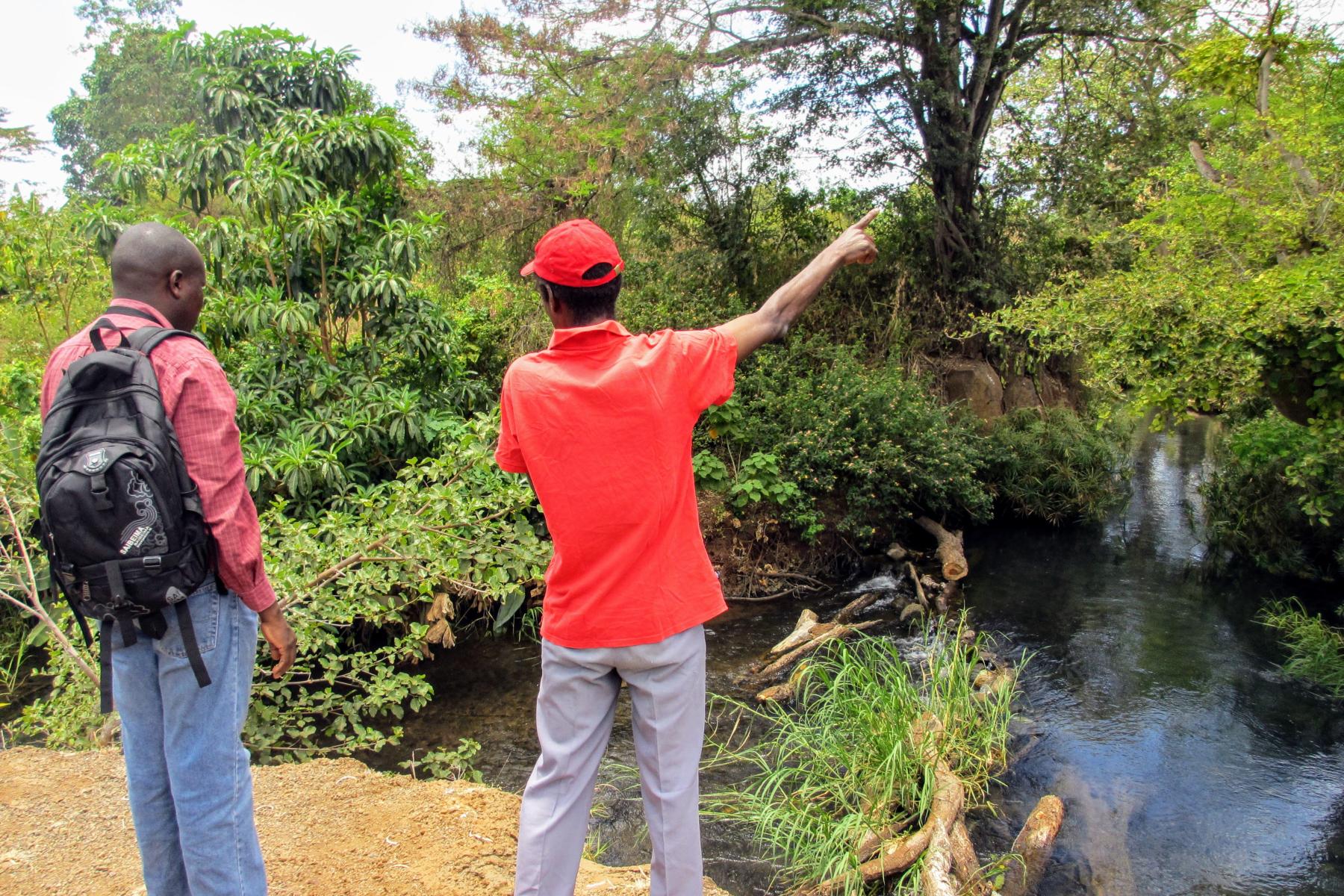Community-led monitoring: Co-producing knowledge on environmental change
Addressing climate change, biodiversity loss and other environmental challenges requires collaboration between different kinds of knowledge producers and knowledge systems.
One aspect of this is so-called community monitoring, which in recent years has gathered momentum as a way to monitor environmental change and the status of natural resources. In community monitoring, the tracking of environmental trends and associated decision-making is carried out fully or partly by local community members rather than external “experts”.
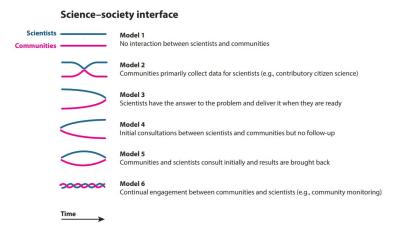
This article discusses the approaches, advantages, and shortcomings of current trends in community monitoring, suggests how it can be more effective, what it can learn from similar approaches in other fields, and reflects on future directions for practitioners and research.
The article discusses research on community monitoring of the environment in four bodies of literature, i.e. citizen science, adaptive management, common property, and democratic accountability literature. It also examines approaches and lessons learnt from similar approaches used in the monitoring of climate change, disaster management, social welfare, and health.
Community monitoring offers a means to enhance local and global knowledge of environmental trends and the impacts of environmental policies and interventions. This includes the growing emphasis on so-called Nature-based Solutions. Ideally, community monitoring can also help invert top-down interventionist approaches to knowledge production and decision-making in environmental governance, and can learn from developing approaches within the social welfare and health sectors, where people monitor and assess the accountability and livelihood impacts of public polices and service delivery.
If done badly, community monitoring also involves risks. It can become a means of short-term knowledge extraction by external researchers and can disrupt local knowledge systems and resource use. Community monitoring also potentially exposes community members to harassment and violence by authoritarian governments or external resource extraction actors who see them as an obstacle. A well-considered approach is therefore needed.
The authors call for government decision-makers to step up efforts to ensure that community monitoring is employed in co-production of environmental knowledge, and to provide policies legal frameworks that can help empower local communities and indigenous peoples in knowledge production and environmental governance.
DIIS Experts

